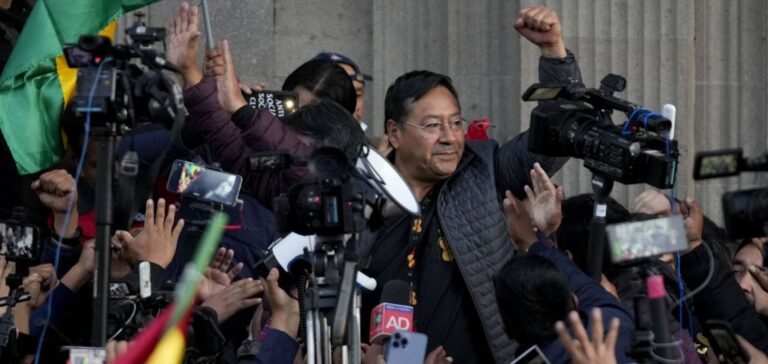Bolivia, once flourishing thanks to the nationalization of its gas industry in 2006 by Evo Morales, is now in a difficult economic situation. The era of the “economic miracle” seems to be over, with gas no longer the driving force behind the economy. Falling investment in gas exploration has led to a drop in exports, which in 2022 were only half those of 2013, a record year. As a result, the country is heavily dependent on fuel imports, subsidized by dollar reserves.
Hydrocarbon production and consumption
Although Bolivia has significant reserves of natural gas and oil, it has been unable to maintain sufficient production to meet domestic demand and export commitments due to a lack of exploration. In 2022, natural gas production was 41 million cubic meters per day, a significant drop on previous years. This drop in production is mainly due to the lack of investment in exploration and infrastructure modernization.
Domestic natural gas consumption remains high, mainly supplying the industrial and residential sectors. The country also exports natural gas to Brazil and Argentina, although these volumes have fallen due to production cuts. As far as oil is concerned, Bolivia produces around 60,000 barrels a day, but domestic consumption far exceeds this production, requiring substantial imports to make up the shortfall.
Hydrocarbon management and current challenges
Bolivia’s hydrocarbon resources are mainly managed by Yacimientos Petrolíferos Fiscales Bolivianos (YPFB), the national company. YPFB is responsible for the exploration, production, refining and distribution of hydrocarbons. However, the company faces major challenges, including aging infrastructure, corruption and poor financial management.
Foreign investment in the hydrocarbon sector is crucial to revitalizing production, but the unstable political environment and protectionist policies often discourage potential investors. The current fuel shortage crisis is exacerbated by these factors, as well as by logistical problems and delays in imports of refined petroleum products.
Economic and social impact
The fuel shortage is having a profound economic and social impact in Bolivia. Long queues in front of service stations have become a common sight, causing major disruption to transport and logistics. Bus and truck drivers, like Gerardo Salluco, have to spend whole nights in their vehicles, hoping that service stations will be restocked. This situation is also having an impact on the prices of everyday consumer goods, increasing inflation and exacerbating economic difficulties for citizens.
The crisis also has political implications, with growing tensions between supporters of President Luis Arce and former President Evo Morales. The recent abortive military coup and accusations of political manipulation are exacerbating the country’s instability. This situation further complicates the management of hydrocarbons and the implementation of effective policies to resolve the crisis.
Perspectives and Potential Solutions
To emerge from this crisis, Bolivia must undertake significant reforms in the management of its hydrocarbon resources. This includes increasing investment in exploration and production, modernizing infrastructure and improving YPFB’s governance. Attracting foreign investors by offering a stable and attractive legal framework is also crucial.
In addition, diversifying the economy by developing sectors such as lithium, of which Bolivia has vast reserves, could reduce overdependence on hydrocarbons. The development of renewable energies, such as solar and wind power, could also offer long-term sustainable solutions.
Bolivia is at a critical crossroads, where future political and economic decisions will determine the country’s ability to overcome this profound crisis. Fuel and currency shortages, exacerbated by internal political conflicts, pose a huge challenge for the government and the population.





















